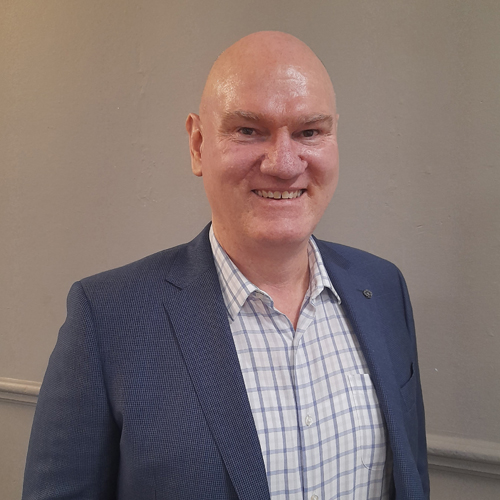
Barton Maher
Industry Director Dams with AECOM
Presentation Title: Lessons for Australian Dam Owners from the Oroville Dam Spillway Failure
Barton started his career in 1995 with the NSW Department of Public Works and Services in the Dams and Civil unit working in projects across NSW and Victoria for State and Local Government organisations. In 2003 he moved to Queensland to take on the role of Design Manager for the Wivenhoe Alliance flood capacity upgrade. Following the completion of the Wivenhoe Dam upgrade he joined Seqwater in 2006, initially as the operations engineer before moving to the role of technical principal for the organisation’s dams and weirs.
In 2007 through to 2011 he was involved with the delivery of several key drought projects for Seqwater including Borumba Dam Upgrade, Hinze Dam Stage 3, Bromelton Off Stream Storage, Cedar Grove Weir and Wyaralong Dam. Following the 2011 floods his team oversaw the design and construction of flood repairs to five key sites.
At the end of 2011 he joined the Seqwater Flood Operations Team as a Flood Engineer, operating the organisations three gated dams for the events during the 2011-2012 flood season. In 2013 he was appointed as a Senior Flood Operations Engineer and has continued his involvement with flood operations.
In 2010, Barton was given responsibility for implementing the Seqwater Dam Improvement Program. This program saw the introduction of a risk-based assessment framework of the 26 referable dams and 53 weirs owned by Seqwater to identify and prioritise the upgrades necessary for Seqwater to meet the regulatory guidelines for dam safety. The planning team led by Barton delivered the first risk-based assessment, safety review, concept and preliminary designs, business cases and review during the detailed design phases.
In 2019, Barton moved to the newly established Seqwater Major Projects team as the Manager for Engineering and Technical Support. In this role he continued to help in facilitating the design of upgrade works, the development of the project business cases, the detailed design and implementation of projects and technical assurance processes. This included the proposed Lake Macdonald Upgrade and the Somerset Dam Improvement project.
In late 2021, Barton moved to accept the role of Assistant Chief Engineer within the Department of Regional Development, Manufacturing and Water. In this role he provides technical review and assessment for the proposals received by the Department as well as mentoring and subject matter expertise to the various Departmental teams.
In August 2024 he will begin a role as Industry Director Dams with AECOM.
Abstract:

The Oroville Dam spillway failure occurred in February 2017 when concrete slabs in the primary spillway at Oroville Dam failed during releases from the radial gates. After failure of the primary spillway slabs, attempts to manage the erosion damage at the lower third of the spillway and further rainfall resulted in the overflow of the emergency spillway. Substantial erosion of the hillside below the emergency spillway prompted the evacuation of nearly 200,000 people downstream. Although the dam itself did not fail, the incident raised concerns due to the dam’s status as the tallest structure of its kind in the United States. The failure was attributed to long-term systemic issues related to spillway design, construction weaknesses, poor foundation bedrock quality, and deteriorated service spillway chute conditions.
There have been several post event reviews into the incident which identify multiple contributing factors. This presentation will review these finding and the lessons dam operators can apply to managing the safety of their dams and business risks. These lessons apply to design and construction, surveillance, operator training, design reviews and organisational roles and capabilities.

